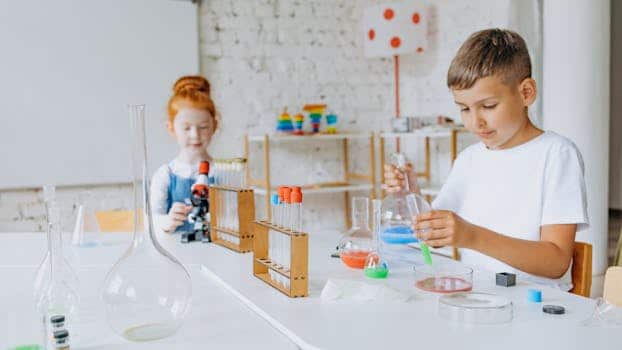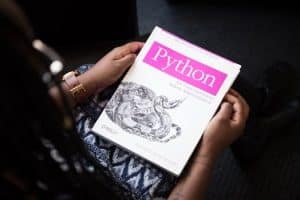Maker Education: Hands-On Learning Experiences
Welcome to the world of Maker Education, where learning becomes not just an academic experience, but a hands-on adventure. In recent years, there has been a growing focus on incorporating Maker Education into classrooms, as it has been proven to be an effective way of engaging students and promoting active learning. But what exactly is Maker Education and why is it gaining popularity? In this article, we will explore the concept of Maker Education and how it can provide students with valuable hands-on learning experiences.
The Science Behind Maker Education
Before diving into the specifics of Maker Education, it’s important to understand the science behind it. The Maker Education approach is based on the theory of constructivism, which suggests that students learn best when they are actively engaged in the learning process and creating tangible objects. This theory states that students have a better chance of retaining information and developing critical thinking skills when they are actively participating in the learning process.
What is Maker Education?
Maker Education is an educational approach that focuses on hands-on, project-based learning. It provides students with the opportunity to design, create, and innovate using tools and materials. Through hands-on experiences, students are able to develop a deeper understanding of concepts and skills while also learning problem-solving and critical thinking skills.
The goal of Maker Education is to shift the focus of learning from traditional classroom lectures to hands-on activities, where students are able to engage in self-directed learning and explore their own interests and passions.
The Benefits of Hands-On Learning
One of the main advantages of Maker Education is that it promotes hands-on learning experiences. Hands-on learning involves actively doing and creating, rather than simply listening and memorizing information. This type of learning has been proven to be more effective in engaging students and improving their understanding and retention of concepts.
Hands-on learning experiences also foster creativity and innovation. By providing students with the opportunity to design, build, and experiment, they are able to think outside the box and come up with unique solutions. This is a valuable skill that can be applied not only in the classroom but in real-life situations as well.
Another benefit of hands-on learning is that it caters to different learning styles. While some students may excel in traditional lecture-based classrooms, others may thrive in more hands-on environments. By incorporating Maker Education into classrooms, teachers are able to cater to a wider range of learning styles and ensure that all students are able to actively participate and learn.
Implementing Maker Education in Classrooms
Now that we understand the concept and benefits of Maker Education, the question is, how can it be implemented in classrooms? The first step is for teachers to create a maker-friendly environment, where students feel encouraged and supported to explore and create. This can be achieved by providing the necessary tools and materials, as well as allocating dedicated time for maker projects.
Teachers also play a crucial role in facilitating the learning process and guiding students in their projects. Rather than being the source of information, teachers become facilitators, providing guidance and resources for students to explore and learn. By incorporating Maker Education into their lesson plans, teachers are able to make learning more engaging and meaningful for their students.
The Future of Maker Education
Maker Education is not just a passing trend, but a movement that is gaining momentum in the education world. With the rise of technology and the increasing demand for critical thinking and problem-solving skills in the workforce, the need for hands-on learning experiences has become more apparent. Maker Education not only provides students with valuable skills but also prepares them for the future job market.
In conclusion, Maker Education offers a unique approach to learning, allowing students to engage in hands-on experiences and develop vital skills. By incorporating this approach into classrooms, teachers are able to create a more engaging and effective learning environment for their students. As we continue to move towards a more technology-driven world, the value of hands-on learning experiences will only continue to grow.
References
– Martinez, S. L., & Stager, G. (2013). Invent To Learn: Making, Tinkering, and Engineering in the Classroom. Constructing Modern Knowledge Press.
– Papert, S. (1993). The children’s machine: Rethinking school in the age of the computer. Basic Books.
– Hill, J. (2016). The benefits of hands-on learning. Journal of Education and Training, 3(2), 33-42.









